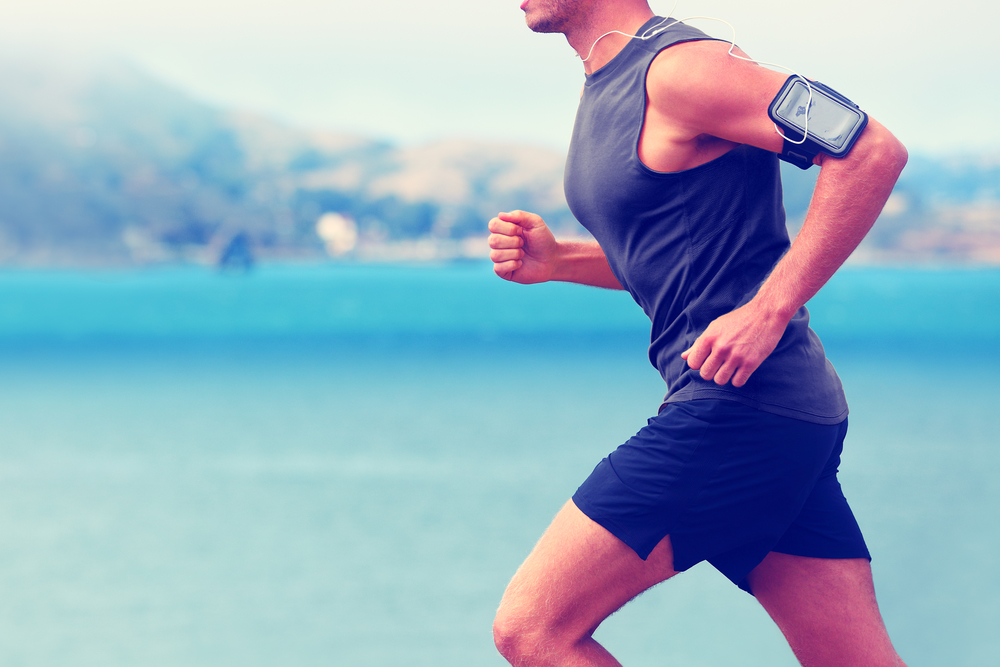The long distance runner
No matter what speed you run at, running is an activity that is likely to cause an injury at some point.
It is known that high speed running often correlates with sudden or acute injuries such as hamstring strains, whereas joggers often present with overuse injuries that develop over a period of time.
Now that we are coming into the spring and soon summer months Melbournians will take up challenges such as Melbourne Marathon, Gatorade Triathlon series, the amateur and professional athletics competitions, or maybe just be more active and decide to run for fun.
Therefore I thought I would share a couple of interesting points on running load management which you can decide whether to incorporate into your training or running regimes.
1. Ensuring an even distribution of force through your joints
When running did you know we place over two and a half time our body weight through our hip, knee and ankle joints?
I’m sure one would hope that these forces are being distributed evenly, but have you ever stopped to think if there is a technique to possibly address force distribution?
Increased cadence.
Research has shown that an increased number of steps per minute (‘increased cadence’) can actually decrease the two types of ground reaction forces (horizontal and vertical).
That is the amount of force your body puts in and receives from the surface you choose to run on.
How does this work?
By increasing the number of steps taken per minute when running, a change of striking position can be seen whereby your foot lands more underneath the hip.
This change in position was shown to decrease the amount of posterior or backwards force that can occur when the foot strikes the ground.
Well what’s the magic number of steps? Between 160-180 steps per minute was shown to be effective.
2. Changing or manipulating training sessions
This one is simple. Change things up!
Be it the type of session, fartlek, endurance, hills or tempo, make sure you don’t expose your body to the same thing day in and day out.
This will not only ensure your muscles work at different intensities but your body wont be placed in the same sustained posture for prolonged periods of time.
These two points are not the only things to consider, but can be of good assistance for those interested in longer distance running. Other considerations include:
- Pelvic positioning
- Hip abductor strength in a running stance position
- Calf strength
- Hip flexion and extension
Remember that rehabilitation or sports performance is never a one size fits all, and should always have guidance from a health professional.

